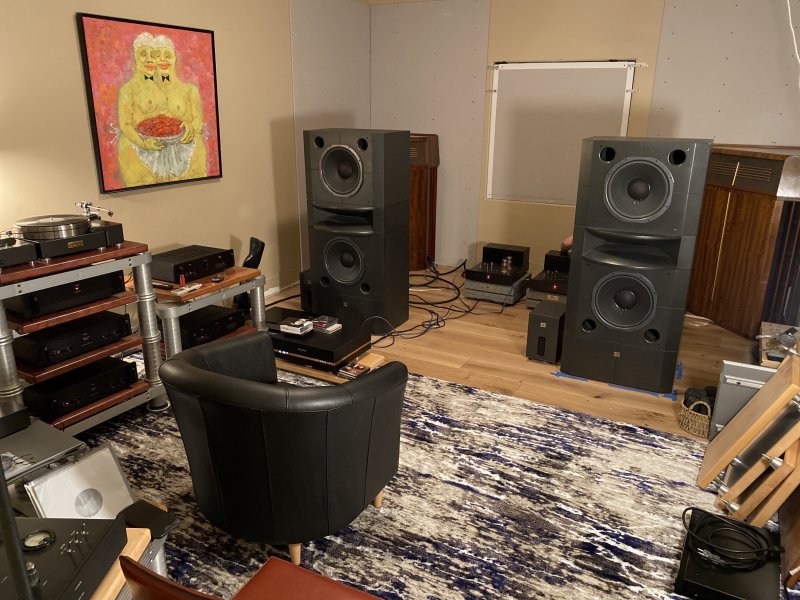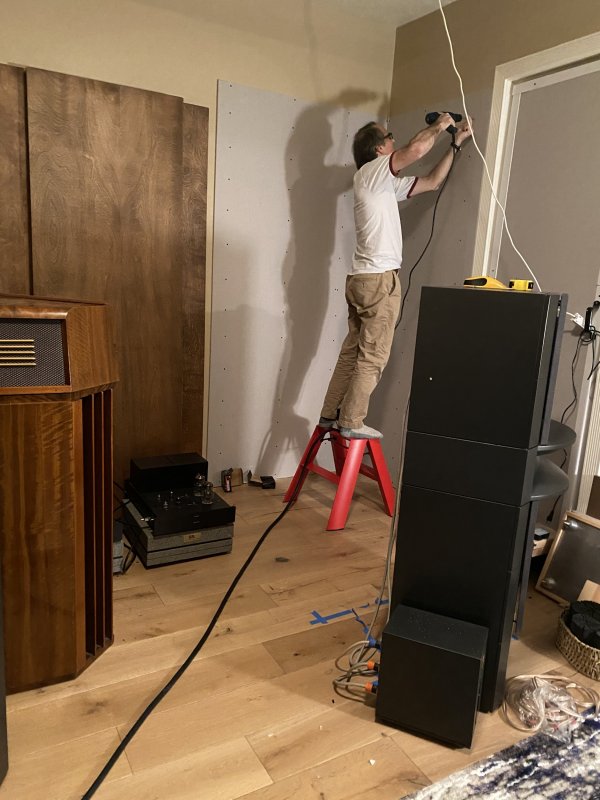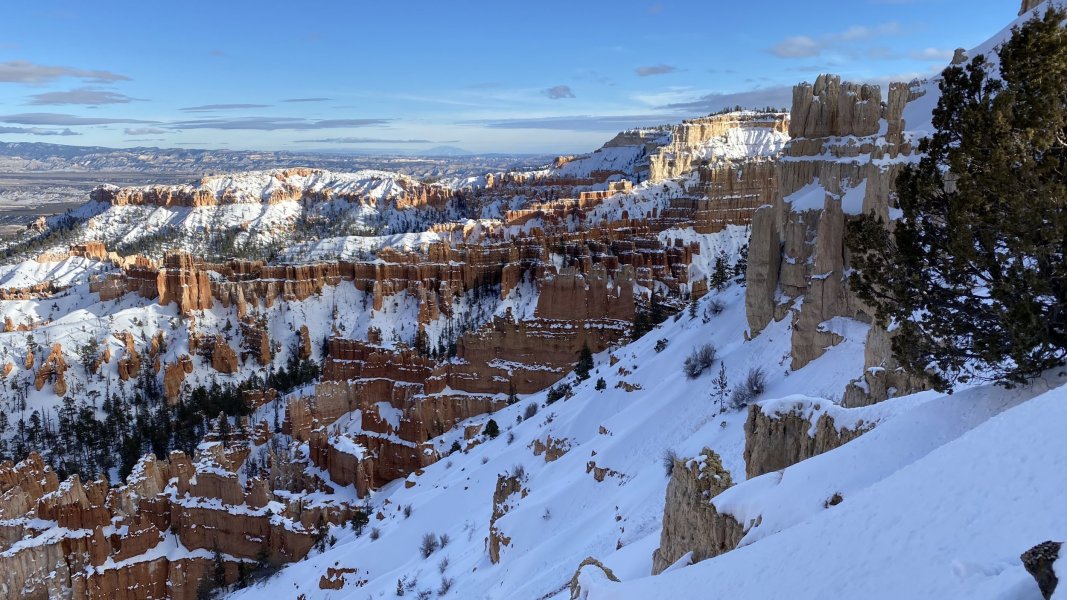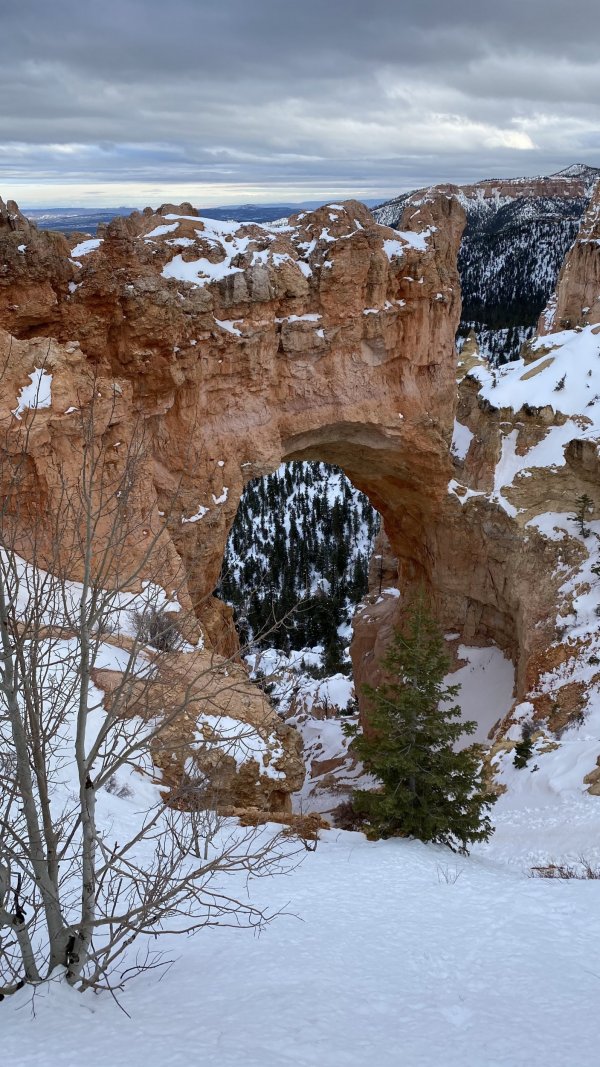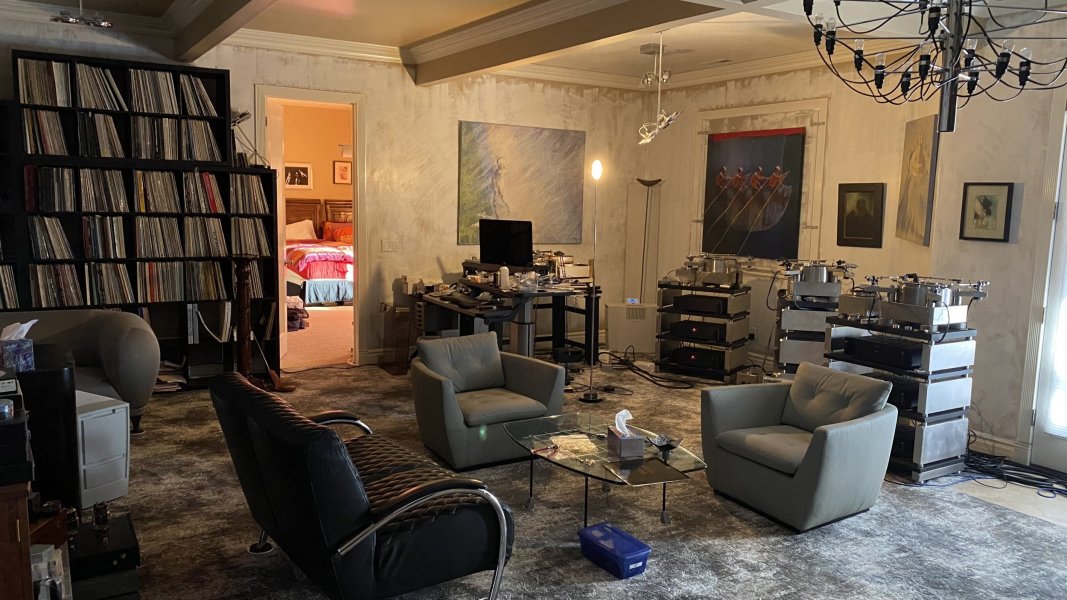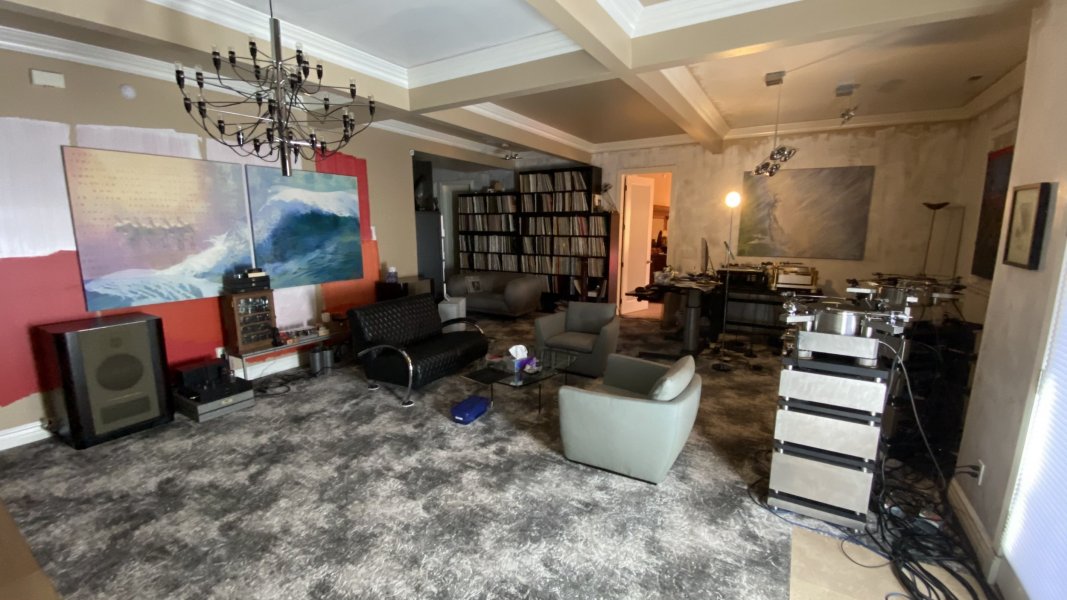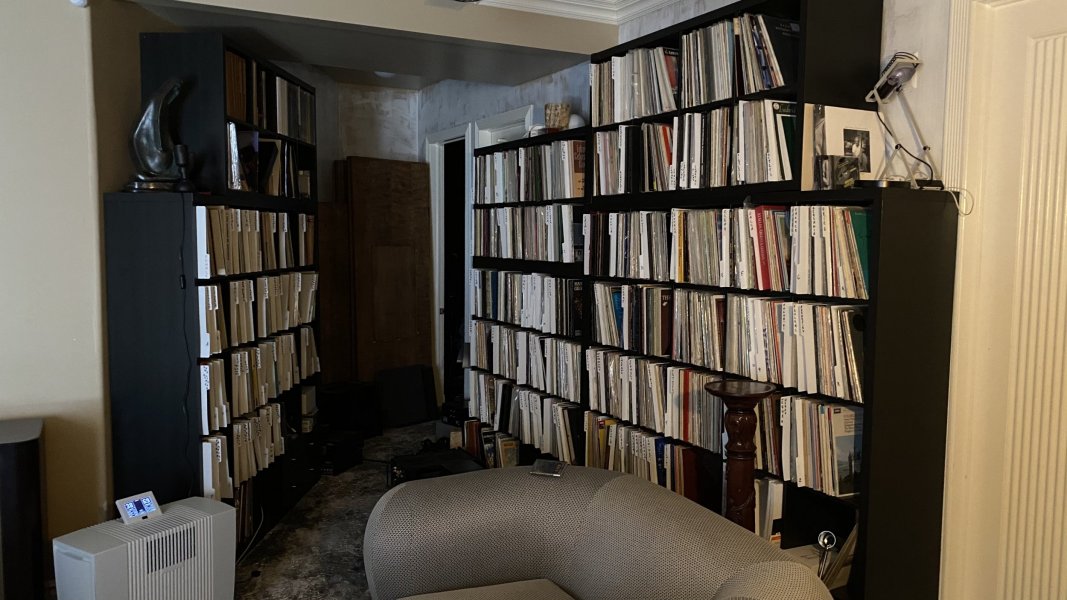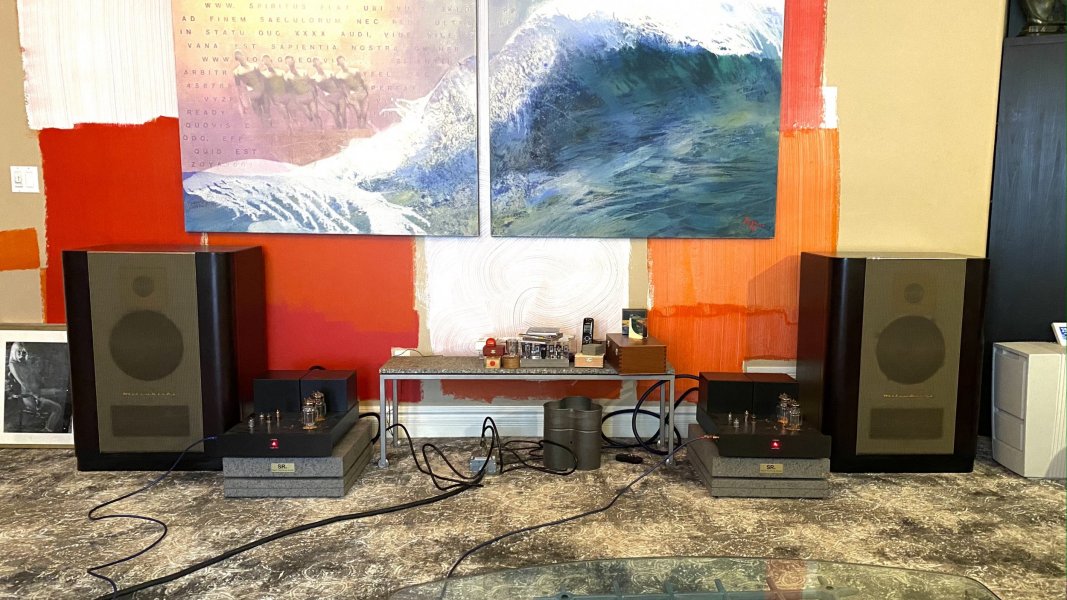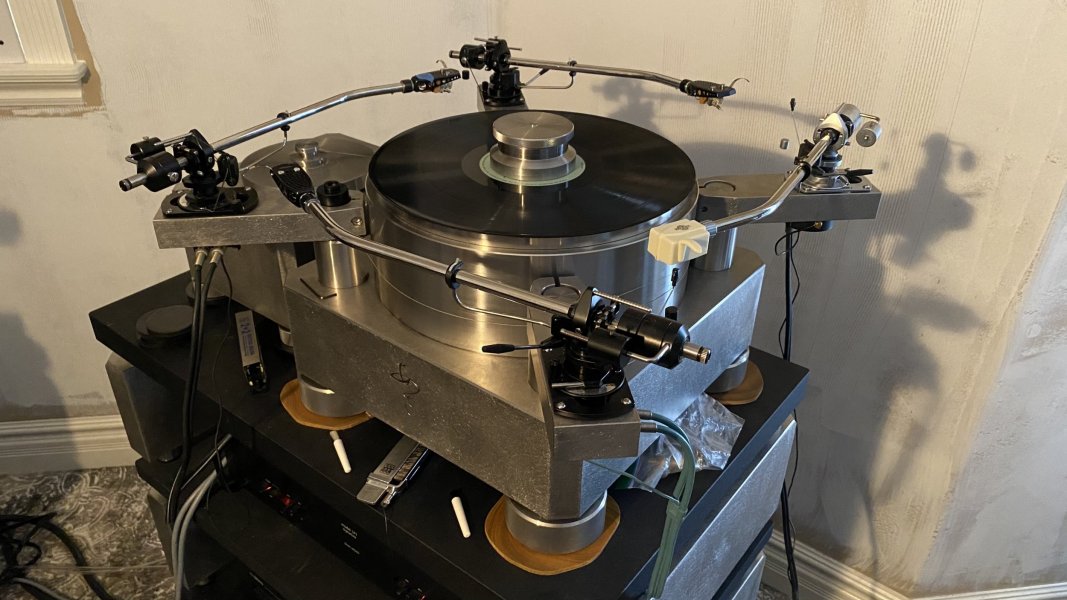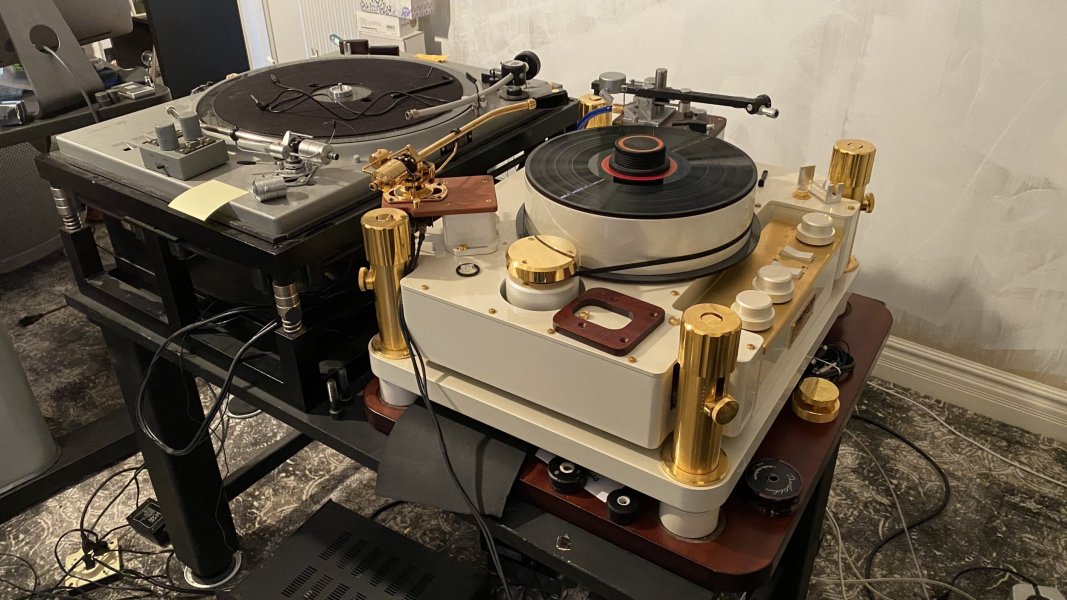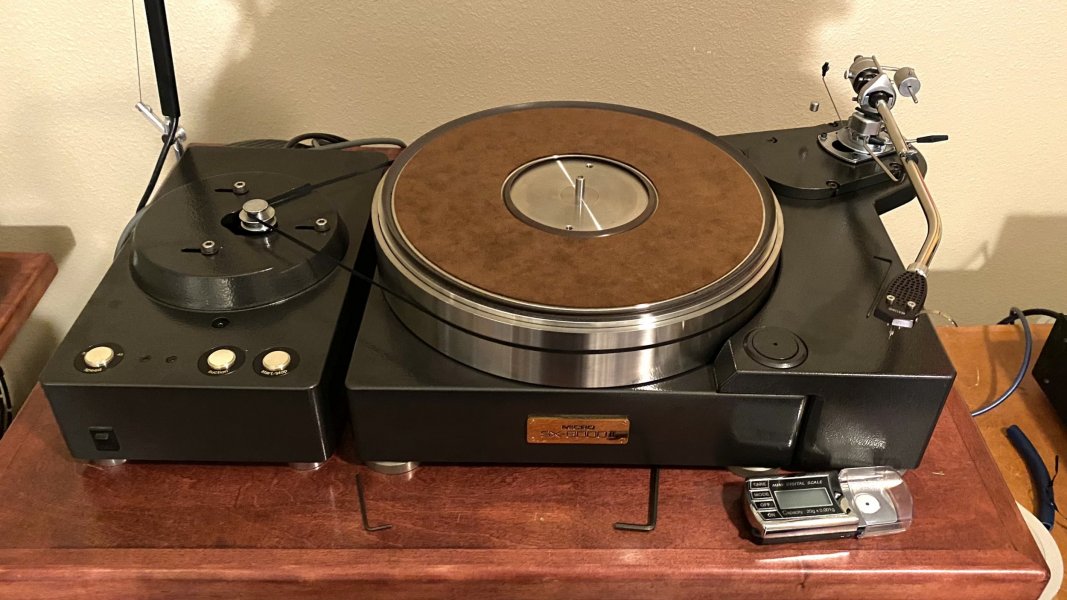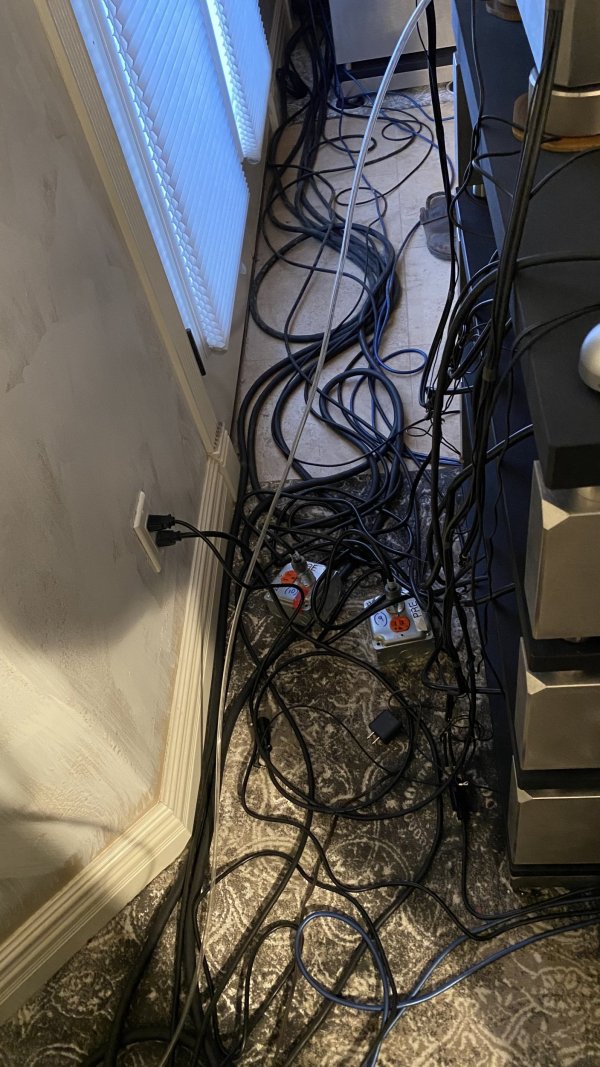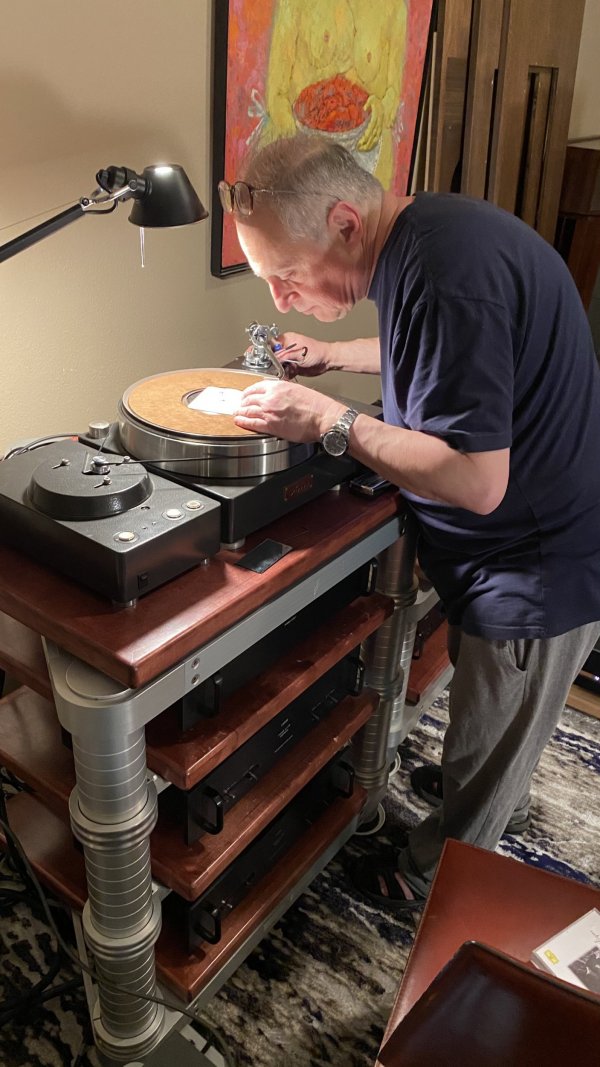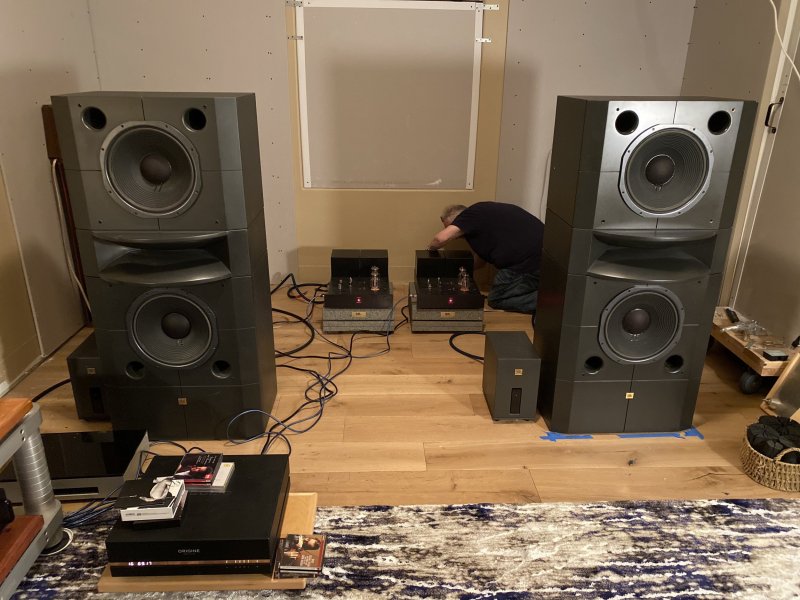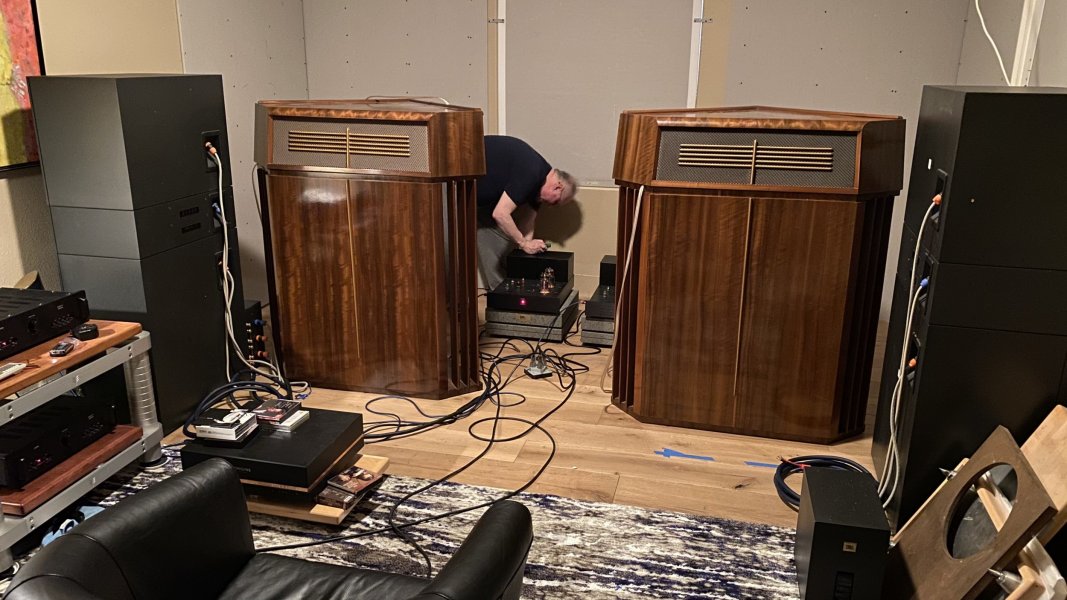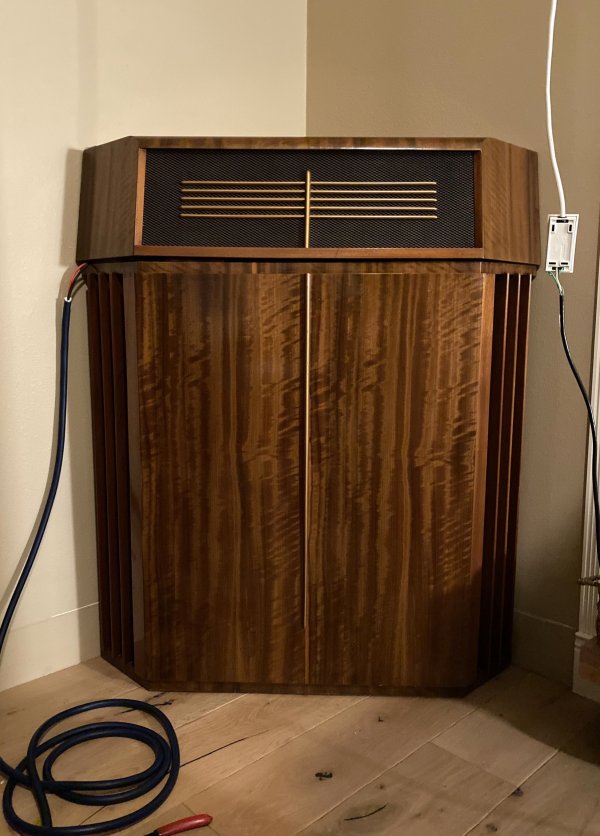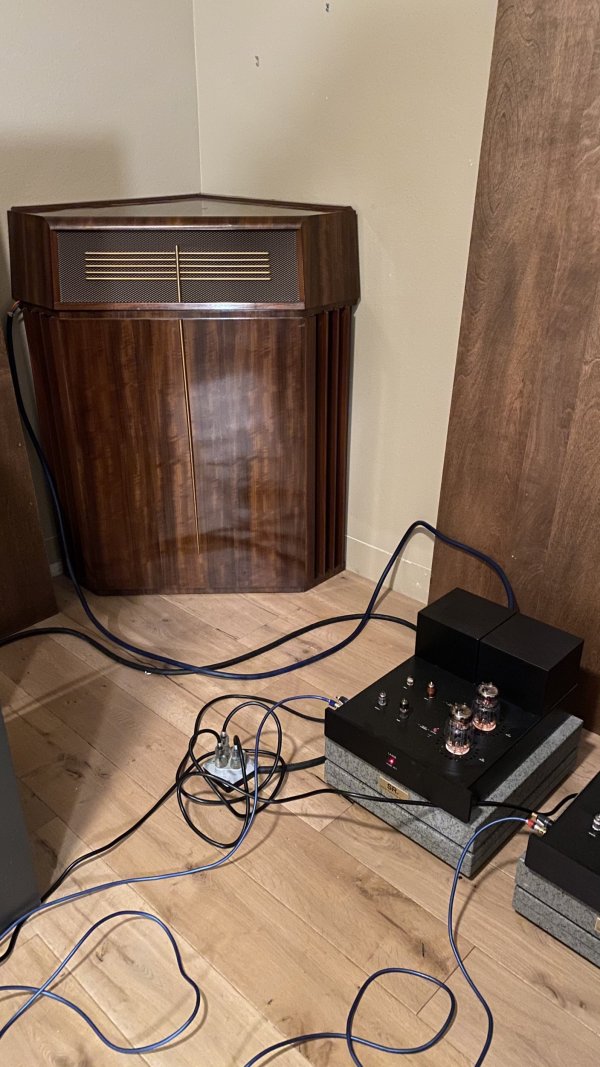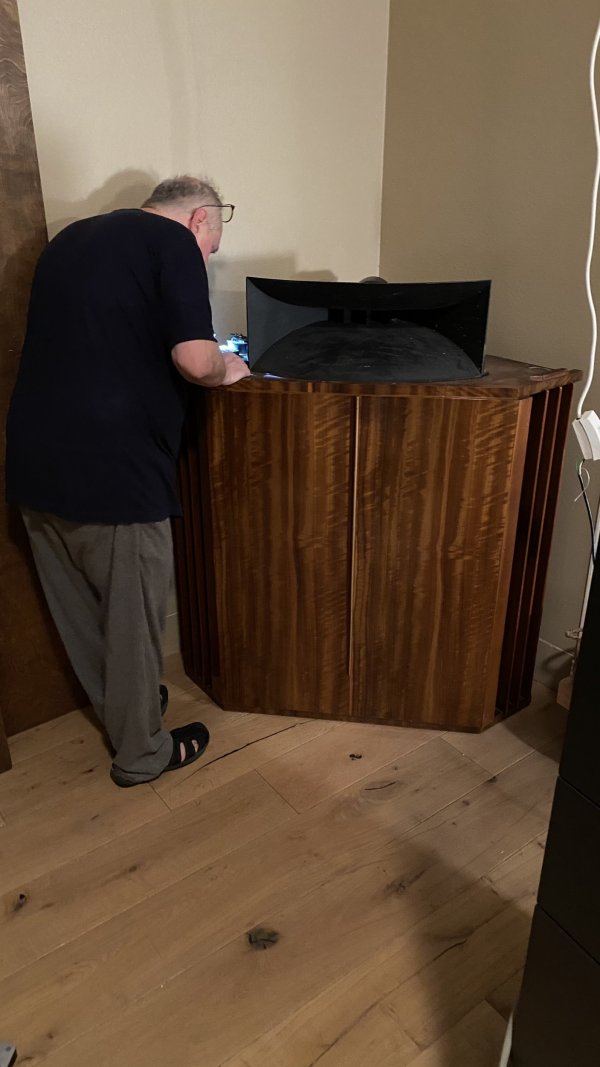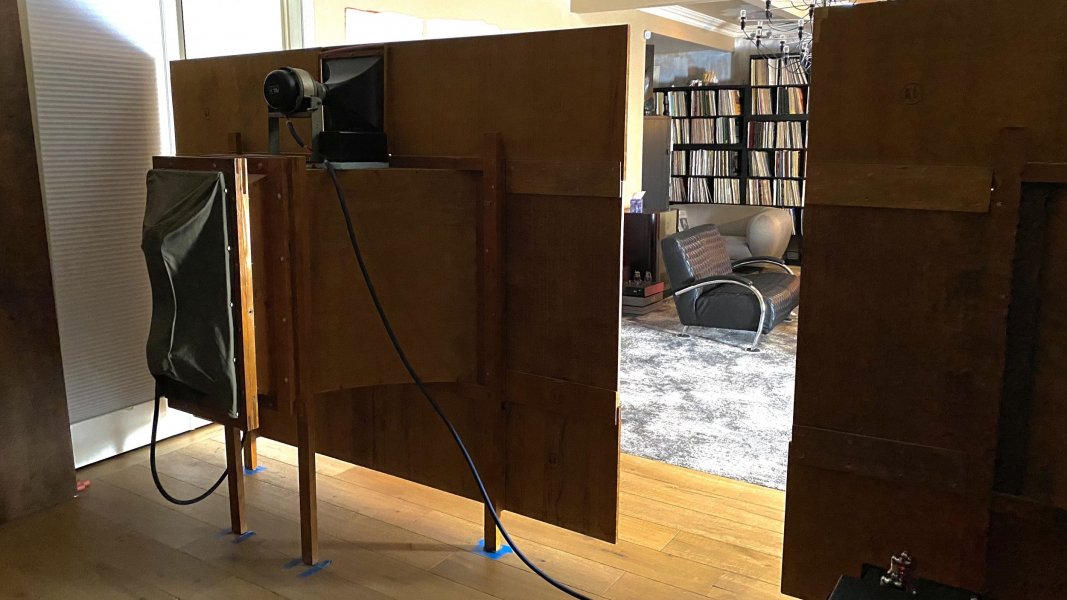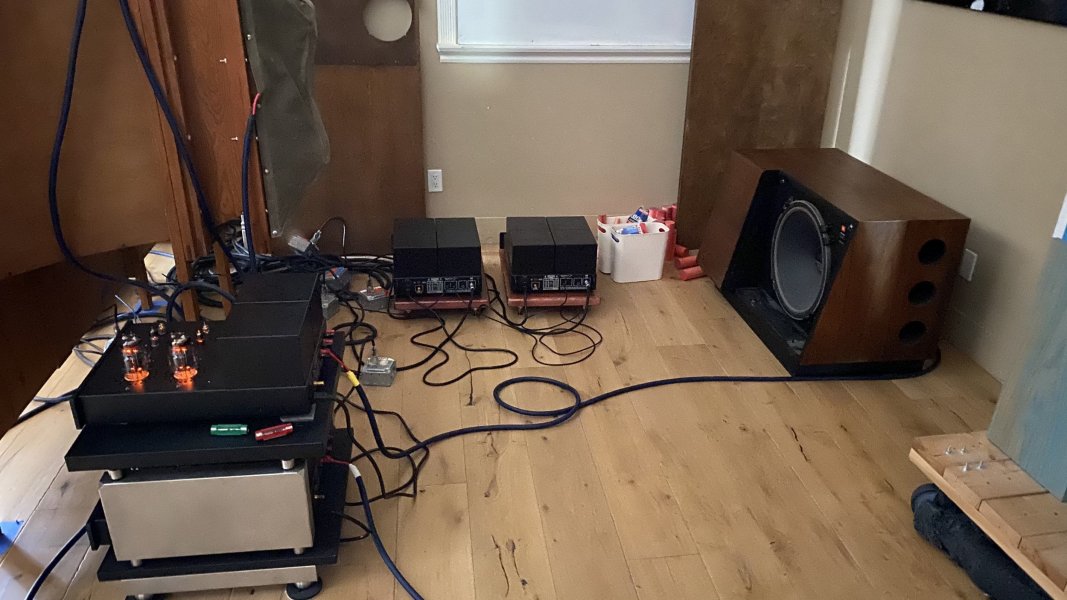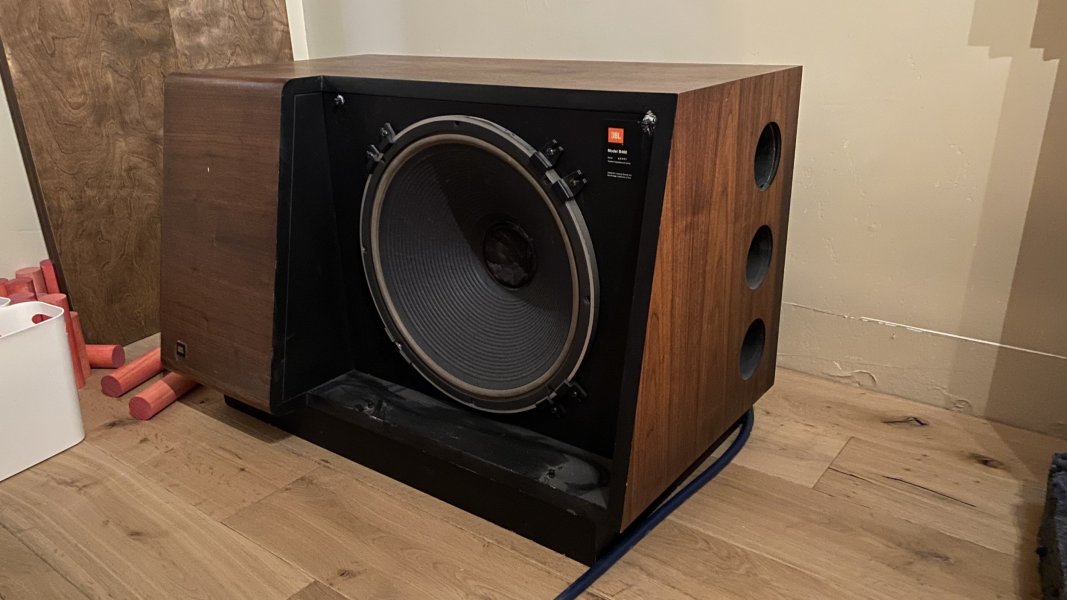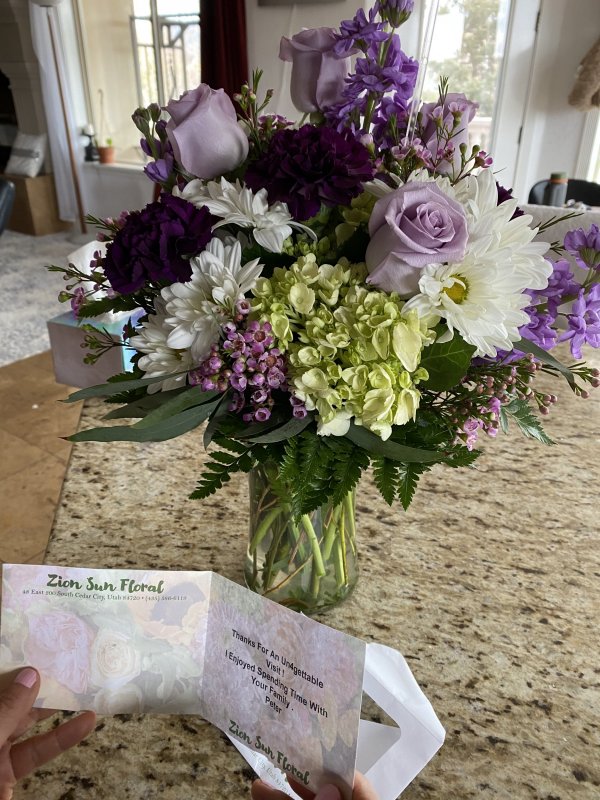David Karmeli’s Natural Sound in Utah
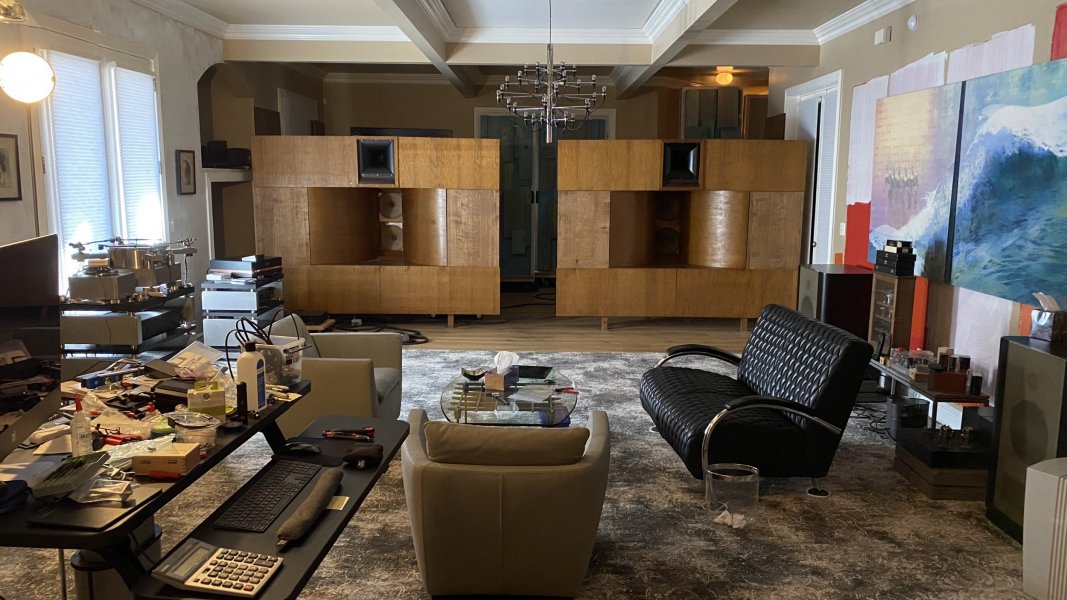
In early December 2020, I made the decision to ask David Karmeli (ddk) if he could find me a Micro Seiki SX 8000 II turntable. He told me that it would take about a month to locate and then a bit more time to arrive in Utah. He would then give it a full inspection. David wants to assure that everything he sells is in top condition, aesthetically and functionally. When he told me that the turntable was about to arrive in Utah, I asked if I could visit.
Not one to make these decisions lightly, I wanted to see the table for myself, meet the gentleman who was fast becoming a friend and mentor, and hear his renowned audio system. I made my plane reservations and looked forward to a change of pace.
I arrived on Friday January 29th and planned to stay for four days. After a few days, I extended the trip and ended up staying for a week. I was not prepared for what I would hear nor how much I would learn about audio and David’s approach to “Natural Sound”. The trip became a transformational experience for me and really opened my eyes and ears to the possibilities of reproduced music.
David picked me up at the airport. We drove home to meet his family, I settled in to the guest bedroom adjacent to the main listening room, and began to take it all in. He showed me the Micro Seiki table I had requested and promised to finish setting it up the next day. After a tour of the audio rooms, he asked me if I wanted to listen to some music. He wanted to hear what LPs I had brought along with me. The first thing we played was my very special recording of my aunt Carla White. This is her first LP on which she sings scat with her great friend and trumpeter, Manny Duran. David had heard a system video of this LP that I had posted on WBF and had commented on the sound. He was curious if it would sound as thin as it did in my video. Now in retrospect, I think he was hearing my inferior cartridge/tonearm set up.
I simply listened and smiled remembering her great performances live at the Blue Note in NYC and Tokyo. It makes me sad that she died far too early and never heard her recordings ever played back in such a realistic manner. I heard her sing these songs in some real dives on the Upper West Side, with noises from the kitchen crew or patrons chatting away at the bar. Here she was, singing in a quiet room for me and David. I will never forget it.
Record after record sounded better than I had ever heard reproduced music sound. I brought decent LPs, mostly original thin pressings, some well known. There was one ten year old reissue but no audiophile stuff from Reference Recordings or Chesky. We listened to my records, one after another until we took a break for dinner. David never told me what to play, never asked my opinion, and he did not offer any commentary. He simply let me play while he sat and listened, enjoying the music.
After dinner we listened to more of my records until we had listened to all but a few of the twelve LPs I had brought with me. What struck me besides the incredibly natural sound was that David did not control the music, nor did he tell me what I would hear or what to listen for. He simply sat there enjoying the music with me. I have been to shows, dealerships, and even to friends’ houses and it is usually the same: they play special tracks and tell me about the system, and then describe what I am about to hear. David did none of that. He simply suggested I play my music and listen. How refreshing!
Around 1:00AM (3:00AM my time), after ten LP sides and some interesting discussions, it was time for some sleep. What a night! This system was truly “Beyond” anything I have ever heard. My new education had begun. What had started in Vienna ten years ago with live sound and learning about the “energy” made by the instruments and voices, was now continuing with an emersion into “natural resolution” from an audio system.
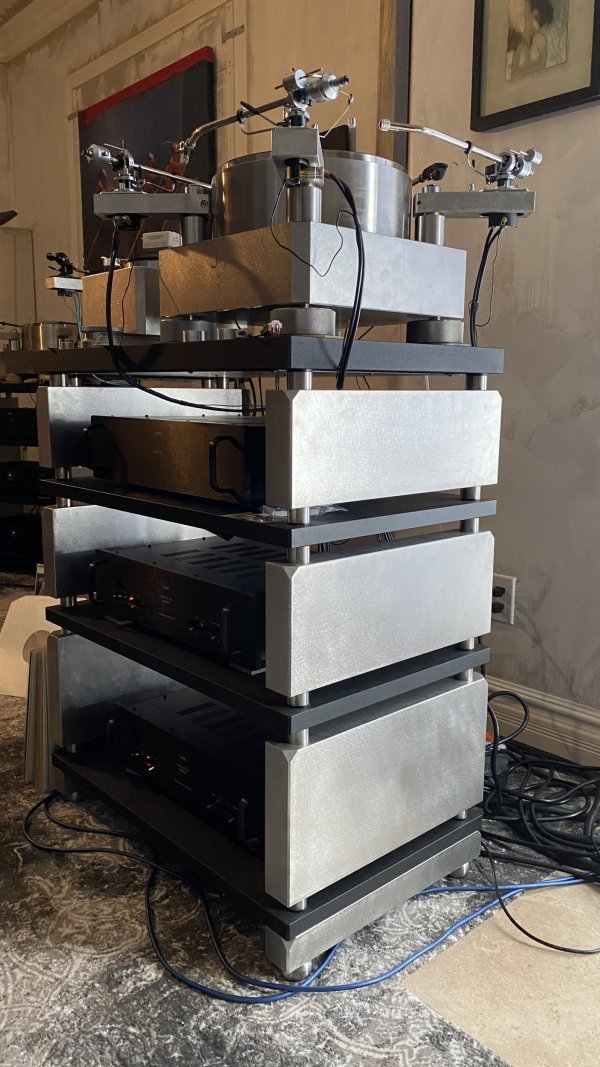
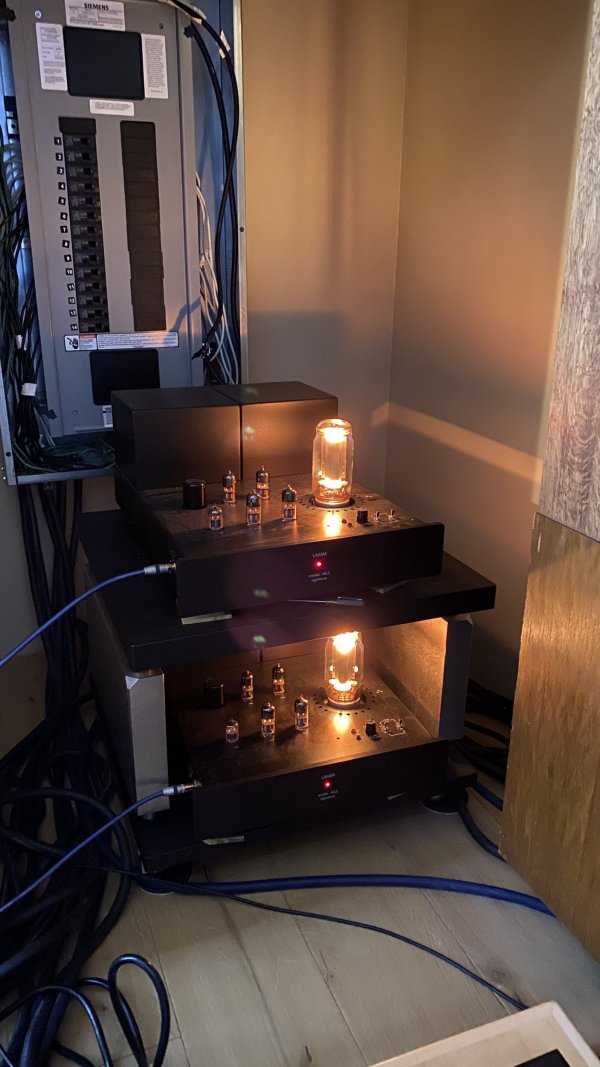
Last edited:







